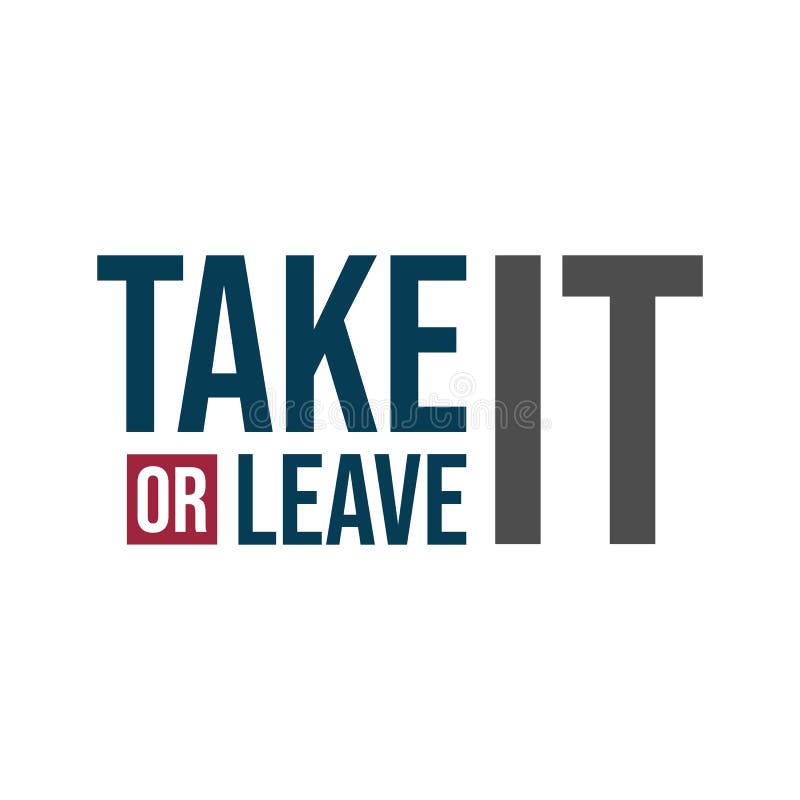


The goal is for your dog to ignore the uncovered treat, but you want to prevent your dog from getting the food at all costs. But be ready to cover the treat again if necessary. When your dog is regularly leaving the covered treat alone, start removing your hand from above that treat.This helps emphasize that leaving certain things alone leads to the chance for even better things. Ideally, make the reward a treat of higher value than the floor treat. Instead, reward your dog with a different treat from your pocket or other hand. After all, dropped medication will never be up for grabs. Although you could offer that treat with the “take it” cue, it’s time for your dog to understand that this isn’t about eventually getting the item.

However, don’t use the treat on the floor as a reward. As soon as your pet stops trying, mark the moment, then reward. Place a treat on the floor and put your hand over it.Using the following steps to teach your dog the “leave it” command. Now it’s time to take things to the floor. Once your dog is ignoring food in your open palm until you give the “take it” cue, they understand the concept of leaving things alone until otherwise instructed (at least for objects in your hand). Once your dog does ignore it, say “take it,” then offer the treat. If your dog tries to get the treat, close your fist around it and wait for your dog to ignore it. Now, wait for a second or two before saying “take it,” then offering the treat. After several tries, your dog should start pulling back from your fist or ignoring the treat.The point is to show that not paying attention to the treat is precisely what earns the treat. Then, immediately open your fist, say “take it,” and offer your dog the treat. As soon as your dog stops trying to get the treat, mark the moment with a training clicker, marker word like “yes,” or praise.They may paw, lick, and nose at your hand. Let your dog try in any way possible to get the treat out of your hand. Free-choice exercises help a dog to make that distinction. It also allows you to tell your dog when something is okay to eat, like if you’re dropping kibble on the floor so your dog can play hide-and-seek with dinner. This is especially important for grabby dogs who snatch treats from your hand. That’s a tall order, particularly for some dogs, but certain training steps can help teach your dog that kind of canine self-control.Ī free-choice exercise is a good way to teach your dog the cue “take it” (which essentially means “you may eat this now”). Ideally, your dog should look to you for permission before eating anything off the ground. You won’t always see the hazards before your dog does, so you might not be able to say your cue in time. In other words, rather than taking an item from the ground, your dog should leave an item be without you having to ask them. The goal of teaching your dog to ignore dropped items is developing automatic behavior. But how do you teach your dog to leave things be? The “leave it” command is exactly the cue you’ll need. It’s important that your dog understands that everything on the ground isn’t up for grabs. The last thing you want is for your dog to go running toward what they think are treats and scarfing them down (after all, cooked bones are a dog choking hazard, and the pills could be toxic). Or perhaps you’ve spilled some medication. Imagine you’ve dropped a chicken bone on the ground at dinner time.


 0 kommentar(er)
0 kommentar(er)
